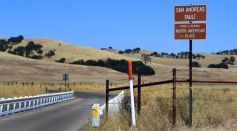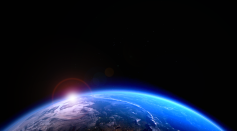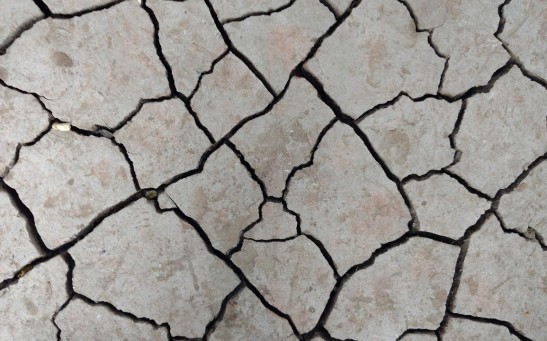Tags: Tectonic plates
Are Mountains Still Being Formed? How Do Tectonic Activities Affect This Landform?

Indian Tectonic Plate Is Peeling Apart, Splitting Tibet in Two as the Himalayan Mountains Continue To Grow

How Was the San Andreas Fault Formed?
Modern-Day Earthquakes in the USA Could Be Aftershocks From Major Quakes in 1800s [Study]

Mountain Formation: How Do These Natural Structures Form?
Mapping Zealandia: Scientists Unearth Earth's 'Lost' Eighth Continent After Centuries of Speculation

Earth Mysteries Unlocked: Scientists Probe Into Mechanisms That Drive Tectonic Plates, Discover Previously Unknown Molten Rock

Earth Tectonic Activity Explained: New Study Reveals Gravitational Forces of the Planet, Moon, and Sun Affect Such Movement
Titanic Mantle Plume "Tree" Moves Magma to Earth's Surface as Imaged by Seismic Tomography
Earth Evolution: Geologists Reveal This Planet Could Further Evolve into Massive Supercontinents in 200 Million Years

Volcanoes Simultaneously Erupting in Alaska; Report Says 3 Unusual Natural Volcanic Occurrences Have Been Recorded Since 7 Years Ago
Earth's Interior is Absorbing More Carbon Due to Slow-Motion Tectonic Plates, What Does This Imply?
Venus Crust Broken? Large Blocks Moving Like Sea Ice Seen on Planet Showing Proof of Geological Activity
Under The Sea Lava Flows With Beauty Off Italian Coast
Most Popular

Can EV Batteries Be Recycled? How Lithium Recovery Supports Sustainable Batteries

Coral Bleaching Crisis: How Ocean Warming Threatens Marine Ecosystems Worldwide

V2G Technology: How EV Energy Storage Utilizes Smart Grid and Renewable Energy Integration

NASA Aurora Research Reveals How ESA Space Weather Teams Use Satellite Aurora Imaging and Ground Sensors





